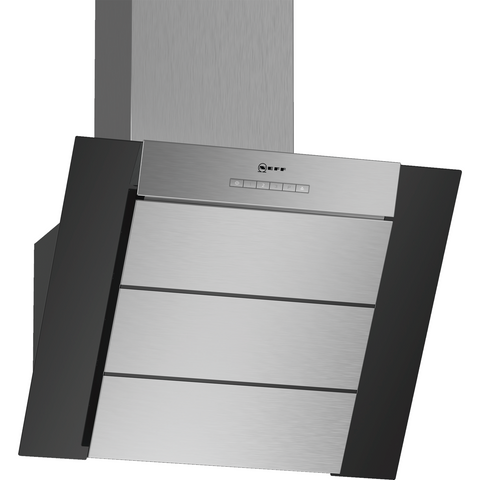
Choosing the right cooker hood isn’t just about ventilation—it’s about how well the appliance fits into your kitchen’s layout, style, and functionality needs. With the growing popularity of angled cooker hoods, homeowners now have a modern, space-saving alternative that combines design elegance with top-tier performance. But with so many options on angled cooker hood the market, selecting the perfect one can be overwhelming. Here’s a comprehensive guide to help you make the best choice for your kitchen design.
- Match the Hood to your Kitchen Style
The first step in choosing the perfect angled cooker hood is ensuring it complements your kitchen’s overall aesthetic. Angled hoods are available in various finishes—black glass for a sleek, modern look; stainless steel for a professional kitchen vibe; or even matte white for a soft, minimalist finish. Consider your cabinetry, worktop materials, and lighting. For contemporary or handleless kitchens, a glossy black or glass hood can blend beautifully. In contrast, a matte or brushed metal finish may suit industrial or Scandinavian-style kitchens better.
- Consider the Size and Hob Width
An often-overlooked detail is the size of the hood in relation to your hob. As a rule of thumb, your cooker hood should be at least as wide as your hob—if not slightly wider—to ensure effective extraction. Angled cooker hoods typically come in standard sizes like 60cm, 70cm, or 90cm. For larger hobs or range cookers, opt for a wider hood to maximise coverage and airflow. Be sure to measure your space carefully, especially if you’re working with narrow walls or integrated cabinets.
- Choose between Ducted and Recirculating Systems
Angled cooker hoods come in two main ventilation types: ducted (extraction) or recirculating (filter-based). Ducted hoods expel air outside through a vent, offering more powerful and permanent ventilation. Recirculating hoods filter the air and return it to the kitchen, making them ideal for homes without external vents or flats. Each type has its pros and cons—ducted is more effective long-term, while recirculating offers flexibility and easier installation. Consider your kitchen layout and structural limitations before deciding.
- Evaluate Noise Levels and Features
Since many modern homes feature open-plan kitchen layouts, noise level is a crucial factor. Look for hoods with quiet operation, especially if you entertain guests or cook while others are nearby. Check the decibel rating (dB); models below 60 dB are considered quiet. Also, assess features like LED lighting, touch controls, auto-shutoff timers, and filter replacement indicators. Some premium models even include smart sensors that adjust fan speed based on steam or smoke levels.
- Think about Cleaning and Maintenance
No one wants an appliance that’s difficult to maintain. Angled cooker hoods typically offer smooth surfaces and easy access to filters, making cleaning more straightforward than traditional hoods. Opt for models with removable, dishwasher-safe grease filters and durable finishes that resist smudges and stains. If you choose a glass-fronted design, ensure it has a protective coating or is easy to wipe down. Low-maintenance features will save time and keep your kitchen looking pristine.
Conclusion
Choosing the perfect angled cooker hood is all about balancing form, function, and fit. From matching your kitchen’s style to understanding the practical differences between ducted and recirculating models, a little planning goes a long way. With so many sleek, efficient, and feature-rich designs available, there’s an angled cooker hood out there that can elevate both your cooking experience and the overall aesthetic of your space. Take your time, do your research, and you’ll find a model that enhances your kitchen in every way.